Using a Kanban board, manage a cross-sectional team to deliver a To-do App, and document the lessons, retrospectives, and challenges.
A product is developed by taking a product from an idea through its market release and beyond. This cycle involves many departments in a company: product managers, developers, designers, QA testers, and others. Cross-sectional team collaboration is one of the most exciting parts of working on this product. It’s not without its lessons and challenges, which we’ll get into shortly, but it highlights everyone involved in developing and launching a product. The first thing we did was hold a meeting with all the team members and make plans. Since we had to develop a web and mobile app in 6 days. We identified problems, researched, came up with a solution to the problems, identified our target market, created a product vision statement, and analyzed our competition. But it didn’t end there. We also had to make sure we would follow each team up. So, we set up daily stand-up meetings. This way, it was easy to get to know our team members, follow up and critique the work. We also continued the software development life cycle; research, analysis, design, development, implementation, testing, and launch. How did we do it? It’s all here. Kanban is a method for managing the product creation process with a focus on continual delivery while not overburdening the development team. Kanban is a process designed to help teams work together more effectively. In Kanban, the workflow is visualized into a board, called a “Kanban Board”. A Kanban Board can be a bulletin board or whiteboard or an online board. The board has various columns which represent the steps in your process and each column has tasks or work items that support your process. Use the Kanban board to determine how efficiently you’re working, and always strive to improve it. bravopm1.atlassian.net/jira/software/c/proj..
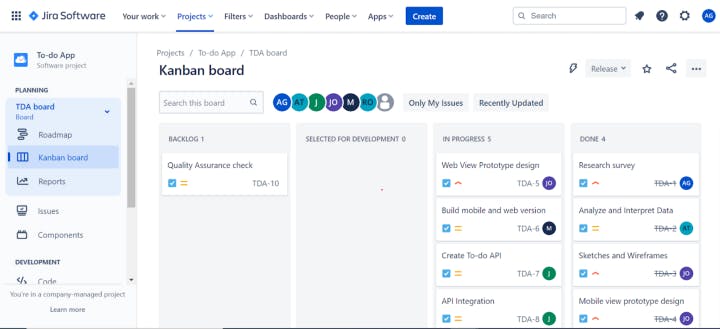
Finding and planning the right opportunity is the first phase of developing a product and I and my team did this by effectively understanding the customer’s pain points. A google form with multiple choice options was sent out to know how our users find it difficult to carry out their daily activities and the feedback we got is to ensure that the app we are building is tailored to their needs. forms.gle/98CrpiEVkfRidXqY8
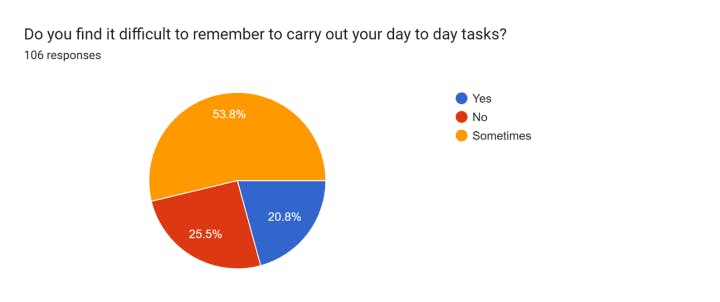
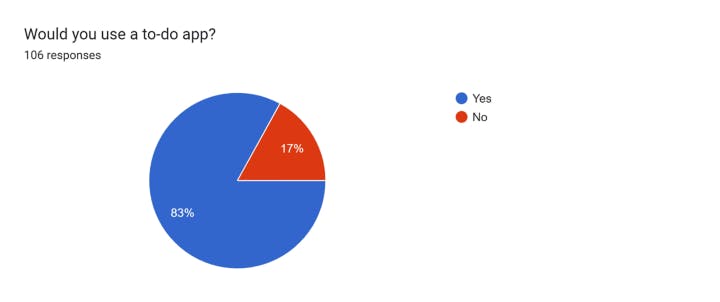
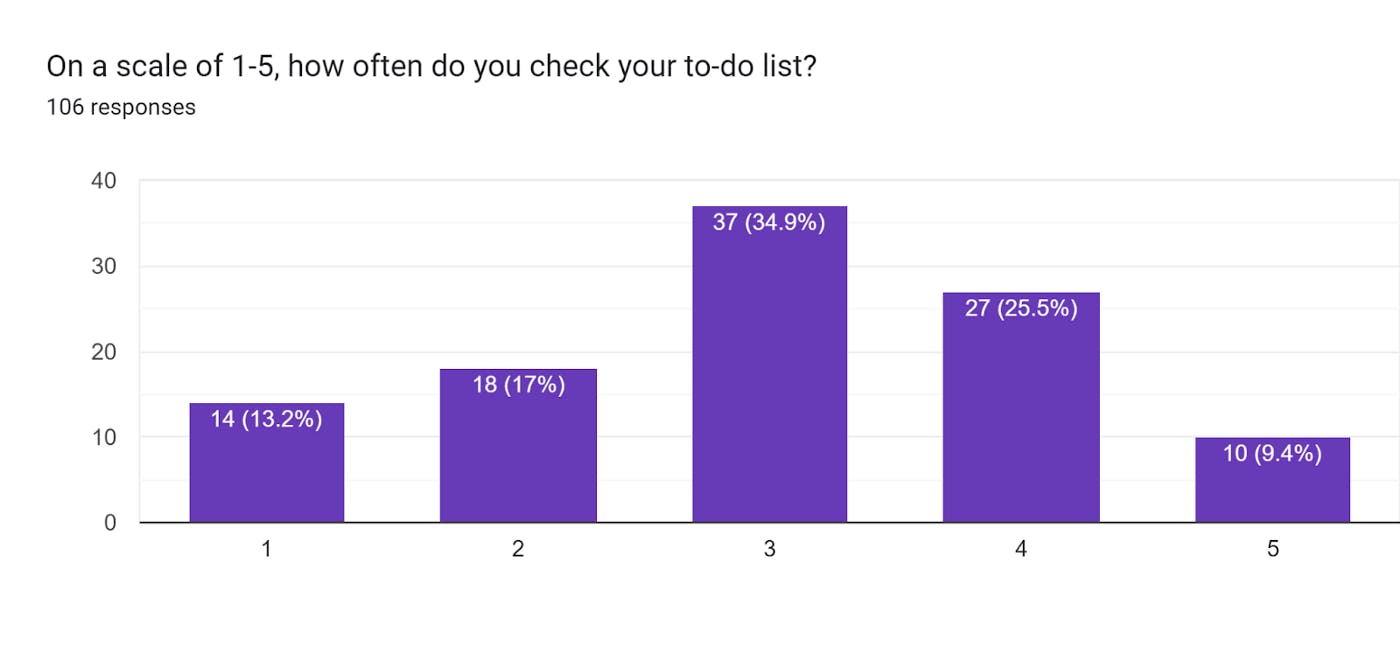 From the data collected in the user survey, we could deduce that users find it hard to remember to carry out their daily tasks and some make use of reminders and notes to remember their tasks and would like to make use of the to-do app to better schedule their tasks for the day. Thus, a user persona was created. We had a clear view of what was useful to the customers, what their needs and hesitations were in using the product, and how they should be addressed along the customer journey and we were able to come up with a product idea to solve them.
From the data collected in the user survey, we could deduce that users find it hard to remember to carry out their daily tasks and some make use of reminders and notes to remember their tasks and would like to make use of the to-do app to better schedule their tasks for the day. Thus, a user persona was created. We had a clear view of what was useful to the customers, what their needs and hesitations were in using the product, and how they should be addressed along the customer journey and we were able to come up with a product idea to solve them.
PRODUCT IDEA
Do-it (mobile and web app) is a to-do app that promotes organization, accountability, and productivity by helping you track your goals, ideas, and accomplishment. This app provides an overall positive effect on your business or career. It also balances your work life.
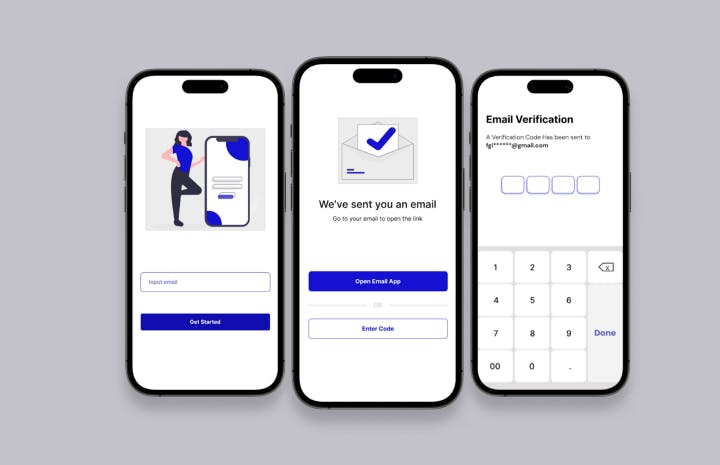
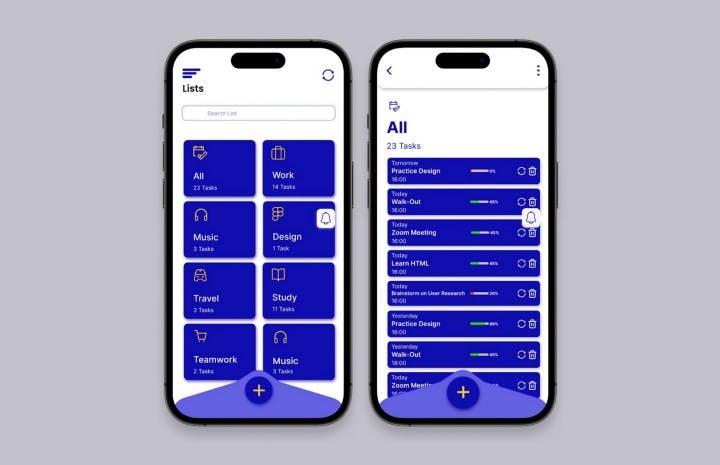
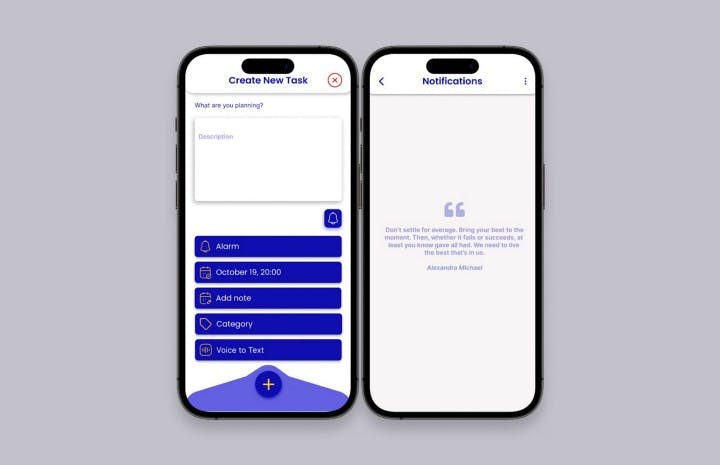
PRODUCT VISION
Go from being overwhelmed to being in control of your tasks. Stay anywhere and create and manage your schedule at any time. Trust the process, you will never miss a task. The To-Do App was a one-week project and despite the short timeline we worked as a team to design the screens and prototypes for the App and the landing page for the website using Figma, and a Quality assurance analyst to test for functionality and usability. We explored Jira for our Kanban boards, Road map, and documentation while we consider strategies to overcome the constraint of not having developers to bring our designs to life.
RETROSPECTIVE
We as product managers, scheduled a meeting after the product shipped to discuss what happened during the product development and release process. The goal of this meeting is to improve things in the future based on the conversation and what we learned.
CHALLENGES/CONSTRAINTS
Keeping to time and making the developers keep to their timelines, miscommunication, and workforce conflicts.
LESSONS
We learned to work with people completely outside our field (product management) Accountability: we had to report every move to one another, and it helped us work on time and be accountable. Management: leading different teams for one task was not easy but we did it. We were also able to improvise and work without certain resources. Time: we prioritized and delivered right on time, even though the short timeline pulled us out of our comfort zone. It can be easy for product managers and your teams to work in silos, forgetting you have a diverse team behind you working towards the same goals. When product teams fully realize the support available from other teams, they can collectively work towards goals faster and more efficiently than ever before.
